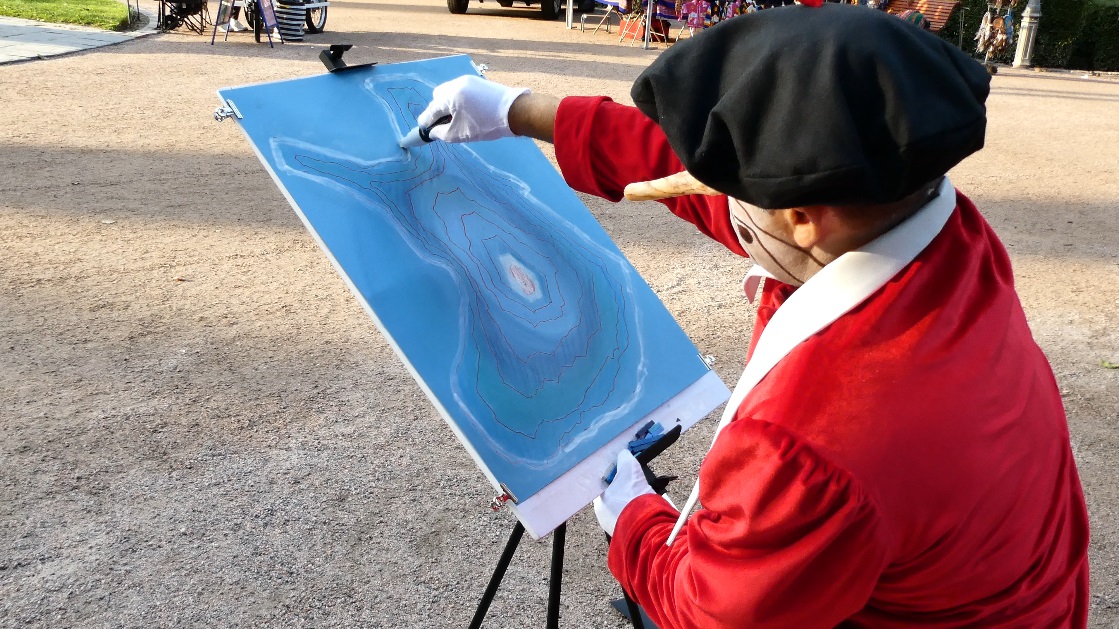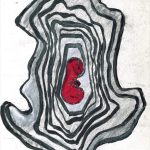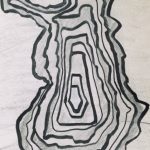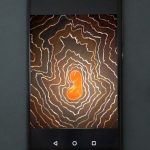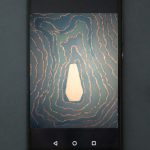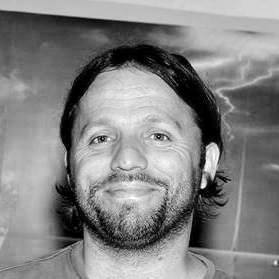‘La Vie de Bohème and Dramaturgy of Boulevardisation’ by Romeo Kodra 1.10. – 22.10.
‘La Vie de Bohème and Dramaturgy of Boulevardisation’
An Auto-Bio-Geo-Graphic Window Exhibition by Romeo Kodra
1.10. – 22.10.
La Vie de Bohème and Dramaturgy of Boulevardisation is the first window exhibition by Romeo Kodra organised by Globe Art Point. These auto-bio-geo-graphic artworks are part of the artistic research Iconology and Iconographies of Boulevard and Boulevardization, through which the artist wants to evidence the theatricality of the role of the artist and the required ventriloquism instead of polyphonic diversity (Paul Klee’s polyphonic painting “Ventriloquist and Crier in the Moor” is the aesthetical, theoretical and ethical inspirational starting point) to succeed in aestheticization of politics and be recognized by art institutions. In addition, Kodra’s intention is to draw the attention not only on the servile complacency of the “artists’ role” but also on the systemic machine made of private companies with their supposed philanthropic foundations, politicians, academics, as well as public institutions that perpetuate profits and status quo thanks to perpetuation of miserable conditions of the unrepresented (migrants) or scarcely represented (Finns).
THE CONTEXT: Helsinki’s and Uusimaa’s last urban plan provides more densification, thanks to the concept of boulevardisation (transformation of highways in boulevards), seen not only as solution for the challenge of a greener city but also as solution of demographic changes (namely, the arrival of migrants). Yet, the plan lacks to prioritize its challenges: by making more space for the green (densification of asphalt and cement is a contradiction in terms with a greener city); and assure the participation of migrants (none has asked the migrants if they would prefer a more dense Helsinki). Yet, assured, through urban densification, are the consequent profits for few corporate groups that will build the new boulevards. Therefore, future conflicts are easy to predict between migrants and Finns, passive spectators of the boulevardisation as well as environmental and cultural upheavals.
THE SYSTEMIC MACHINE: In underdeveloped transitional societies (HEAVEN FORBID!!! NOT IN FINLAND!!!) the systemic machine for corporate profits works thanks to the involvement of several “play-role-actors”:
STEP 1 – private companies with interests in densification/boulevardisation support politicians and political parties.
STEP 2 – the politicians propose the plan in the public institution/municipality/region.
STEP 3 – the public institution asks for advise to independent academics/experts.
STEP 4 – the independent academics/experts are supported with grants for their personal projects by private foundations owned by the above-mentioned private companies with interests in densification/boulevardisation.
THE ‘ROLE OF THE ARTIST’: The inspiration, or better to say the first modulation of the performance builds on Aki Kaurismäki’s “Boheemielämää” and his main character, the Albanian artist and illegal migrant Rodolfo, which in this case is re-conceptualized as a carnival perversion in a new postindustrial-bohemian-migrant-artist with no principles, convictions, or scruples (CAUTION: The performer was born in Albania, but any reference to the Albanian Artist Prime Minister – actually in his third mandate -, who, in 1992, the year of Kaurismäki’s film, was himself a “bohémien” migrant artist living in Paris, and especially any reference to his greenwashing and artwashing urban development policies, are purely coincidental!!!). The performance is also a modulation of Carmelo Bene’s “Pinocchio”, a piece of wood/nature/otherness (evoking the “green” approach of the boulevardisation), which from a migrant/other becomes a right-minded man and good member/artist of a boulevardized society. Lastly, the performance is a further modulation of the paradoxical polyphonic painting of Paul Klee “Ventriloquist and Crier in the Moor” as well as Klee’s belief that “A line is a dot that went for a walk”.
La prostituée du boulevard de Clichy et l’inspecteur qui la surveille
ont tous les deux de mauvais souliers et tous les deux ont mal aux pieds
d’avoir arpenté des kilomètres de bitume.
Georges Simenon
ONGOING PROJECT RELATED TO THE EXHIBITION
The previous text, as a sort of press release, was distributed to the public during “La Vie de Bohème & Dramaturgy of Boulevardisation”, an auto-bio-geo-graphic art performance, for which I got the support, through an artist grant, of the City of Espoo. During September 2021 in Helsinki’s Boulevardi (Pohjoisesplanadi & Eteläesplanadi), with makeup as Pinocchio-Parisian-Bohemian-Painter, I drew on a black background an iconic stylized red human fetus entrapped by a white line. A red line wrapped by the white one, as an umbilical cord circulate the fetus for several times, taking, by growing gradually, the shape firstly of a coffin and consequently of Albania’s geopolitical map/uterus. Then, in a second drawing, the process is reversed. Starting from drawing the map, this time of Finland, the red line wrapped by the white line shrinking in a spiral, penetrate a white coffin that entraps the above-mentioned fetus.
I have already produced a video, two drawings that later became paintings, and two photographs of the paintings taken by my personal mobile phone (realized thanks to the support of Arts Promotion Center of Finland).
ENTR’ACTE: EL VIDEO RETABLO DE LAS MARAVILLAS (watch video)
Beyond the above artworks, for “La Vie de bohème & Drama(turgy) of Boulevardisation”, especially Pinocchio-Parisian-Painter’s makeup, the visual inspirations come from Carmelo Bene’s “Pinocchio” and “erased” trees, further “victims” of urban densification.
ABOUT THE ARTIST
I have a Master degree in “Theory, Technique and Management of Arts and Entertainment” (Category: Entertainment and Multimedia Productions, Faculty of Human Sciences) and a Bachelor degree in “Public and Institutional Mass Media Communication” (Category: Communication Sciences, Faculty of Foreign Languages and Literatures), both from Bergamo University of Studies, Italy. The interest of my theoretical artistic research regards the challenged spaces between the political power and arts in transitional and contemporary societies as well as the polyphonic organization of spaces and artistic productions. This interest in my practice is explored through video art, art performances, theater, curatorial events, photography, writings on culture, art and critique of art. From 2016, for my research as well as curatorial and artistic practices, I was selected as Invited Researcher by the Institut National d’Histoire de l’Art, in Paris. At the moment, I work as Lead Expert Quality Evaluator of the Education, Audiovisual and Culture Executive Agency (EACEA) of the European Commission and enjoy learning Finnish from my two-years-old daughter.
